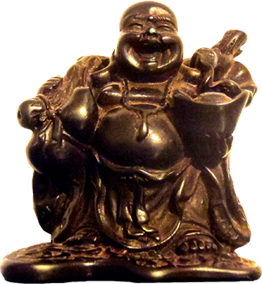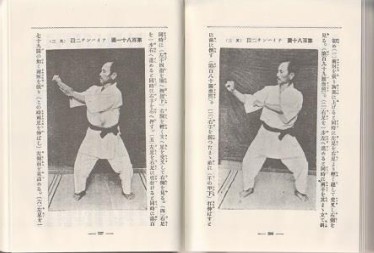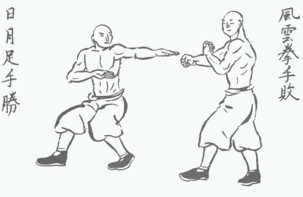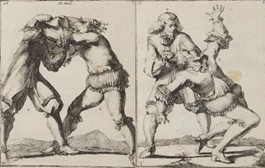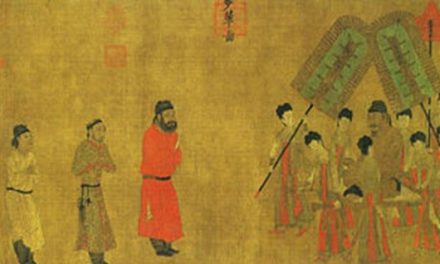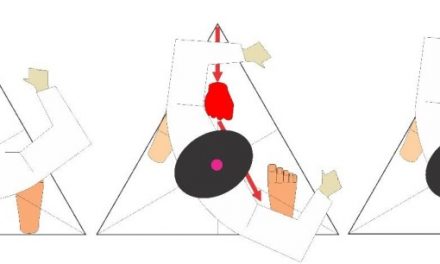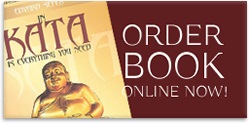Abstract
Kata forms are Karate training forms. Kata can be trained for competing or for self-defense. According to legends, everything started with a Buddhist monk Bodhidharma and later with a 16-year-old girl Fan Qiniang. Only two books remain preserved. The first is Jixiao Xinshu, written by a Chinese general Qi Jiguang, and the second is Bubishi, written around 1.850. Nowadays, the old art is lost and substituted with sport named Karate that is even an Olympic discipline. However, the value and understanding Kata was lost before Karate spread in the beginning of the twentieth century.
The author decided to do research as proposed by Descartes. He used a qualitative method and opted for probabilistic sampling in the population practicing karate. He started by learning fifteen Kata, continued with the method of participant observation, and collected data by attending global seminars. He used content analysis.
Through the research, several conclusions were made. Understanding Kata begins with an awareness that Kata teaches self-defense, and not attacks. Kata forms are based on natural circular moves with the Sun and the Moon Hand as the foundations. Kata philosophy has origins in Five Elements philosophy. There is no fist punch, because Kata forms use six Ji hands. All old and original Kata forms are made according to the six rules described in author’s book. The author succeeded to find possible explanations for Qi Jiguang’s and Bubishi posters. The findings are based on Chinese philosophy, kinesiology, psychology, anatomy, pressure points, Kiai jutsu, mathematical and physical science. This article explains one posters from Bubishi.
Complete article is available here as PDF document (900 Kb).
